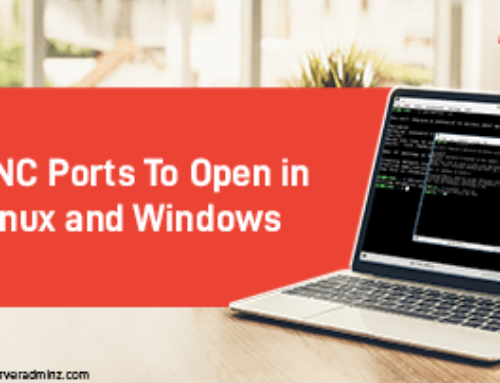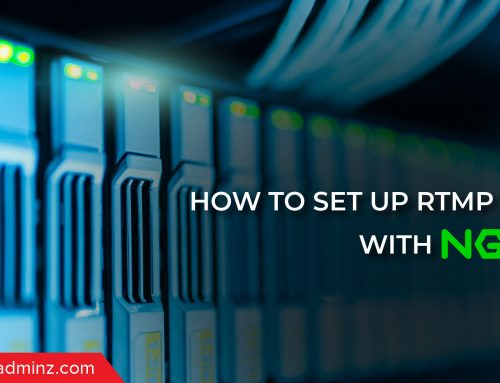We can install dolphin in two ways either as main site or as a sub directory ie a folder inside the main site. The difference between this two are is that to get the dolphin installed as the main site uncompress the tar file in the public_html folder so that we can access the site as following
http://your-domain-name/
and in second type we will be uncompressing the tar file in a directory inside public_html so that we can access the site as follows
http://your-domain-name/<name-we-give>
Cd /<path-to-root_directory>/public_html mkdir dolphin
Change to the Dolphin directory by entering the following command:
cd dolphin
Download the latest Dolphin release by entering the following command:
http://www.boonex.com/paymentprovider/payment#download wget http://get.boonex.com/Dolphin-v.7.0
Unzip the archive by entering the following command:
unzip Dolphin-v.7.0
Adding a MySQL User and Database
We could create the database and user using cpanel mysql window. Normally the database are named as username_databasename and username as username_name
mysql
CREATE USER USER_NAME IDENTIFIED BY PASSWORD
CREATE DATABASE DATABASE_NAME;
GRAND ALL ON DATABASE_NAME TO USER_NAME;
FLUSH PRIVILEGES;
EXIT;
GRANT ALL PRIVILEGES ON db_base.* TO db_user @’%’ IDENTIFIED BY ‘db_passwd’;
Configuring Permissions
Cd /<path-to-root-document>/public_html/dolphin chmod 777 ./inc ./backup ./cache ./cache_public ./langs ./media/app ./media/images ./media/images/banners ./media/images/blog ./media/images/classifieds ./media/images/membership ./media/images/profile ./media/images/profile_bg ./media/images/promo ./media/images/promo/original ./tmp ./plugins/htmlpurifier/standalone/HTMLPurifier/DefinitionCache/Serializer ./plugins/htmlpurifier/standalone/HTMLPurifier/DefinitionCache/Serializer/HTML ./plugins/htmlpurifier/standalone/HTMLPurifier/DefinitionCache/Serializer/CSS ./plugins/htmlpurifier/standalone/HTMLPurifier/DefinitionCache/Serializer/Test ./plugins/htmlpurifier/standalone/HTMLPurifier/DefinitionCache/Serializer/URI chmod 777 ./flash/modules/board/files ./flash/modules/chat/files ./flash/modules/photo/files ./flash/modules/im/files ./flash/modules/mp3/files ./flash/modules/video/files ./flash/modules/video_comments/files chmod 666 inc/prof.inc.php chmod 666 ./flash/modules/global/data/integration.dat ./flash/modules/board/xml/config.xml ./flash/modules/board/xml/langs.xml ./flash/modules/board/xml/main.xml ./flash/modules/board/xml/skins.xml ./flash/modules/chat/xml/config.xml ./flash/modules/chat/xml/langs.xml ./flash/modules/chat/xml/main.xml ./flash/modules/chat/xml/skins.xml ./flash/modules/desktop/xml/config.xml ./flash/modules/desktop/xml/langs.xml ./flash/modules/desktop/xml/main.xml ./flash/modules/desktop/xml/skins.xml ./flash/modules/global/xml/config.xml ./flash/modules/global/xml/main.xml ./flash/modules/im/xml/config.xml ./flash/modules/im/xml/langs.xml ./flash/modules/im/xml/main.xml ./flash/modules/im/xml/skins.xml ./flash/modules/mp3/xml/config.xml ./flash/modules/mp3/xml/langs.xml ./flash/modules/mp3/xml/main.xml ./flash/modules/mp3/xml/skins.xml ./flash/modules/photo/xml/config.xml ./flash/modules/photo/xml/langs.xml ./flash/modules/photo/xml/main.xml ./flash/modules/photo/xml/skins.xml ./flash/modules/video/xml/config.xml ./flash/modules/video/xml/langs.xml ./flash/modules/video/xml/main.xml ./flash/modules/video/xml/skins.xml ./flash/modules/video_comments/xml/config.xml ./flash/modules/video_comments/xml/langs.xml ./flash/modules/video_comments/xml/main.xml ./flash/modules/video_comments/xml/skins.xml chmod 777 flash/modules/global/app/ffmpeg.exe
Running the Install Script
Navigate to http://host-name.com/dolphin/install/index.php.
The Dolphin installation page appears,
Click Install to begin.
If any of the file get failed we need to do that manually using chmod 755 for needed files.
All of the files listed should be Writable. Click Next to continue. The Paths Check webpage appears, as shown below.
If we get ImageMagick installed failed we need to install it manually .we could intall that using the cpanel scripts
Check whether ImageMagicK is installed or not:-à/scripts/checkimagemagick
Install ImageMagick :à/scripts/installimagemagick
/usr/bin/convert –version
If we get GD library failed intall it using
/scripts/easyapache
- “Start customizing based on profile”
- Select the Apache version and click next step.
- Select the Major PHP Version and click next step.
- Select the PHP Minor Version and click next step.
- Scroll down to the bottom and click “Exhaustive Options List”. (If the module you are needing isn’t listed)
- Select the modules you wish to add (GD library) then scroll to the bottom and click “Save and Build”.
Even after installing GD library if we get GD library failed we need to edit
Find and edit the php.ini
And add
extension=php_gd2.dll
extension=php_gd.dll
and run the check again.
All of the paths listed should be “found”. You should also see a GD library installed message at the bottom of the webpage. Click Next to continue. The Database webpage appears.
Enter the details for the Dolphin database you created earlier in this guide. Click Next to continue. The Configuration webpage appears.
Complete the form by entering the required information for your website, and then click Next to continue. The Cron Jobs webpage appears.
Now you’ll need to set up a cron job specified on the webpage. We can also do this from the cpanel in graphical way. To set up your cron job, you’ll need to open your crontab for editing by entering the following command:
sudo crontab -e MAILTO=myemail@gmail.com * * * * * cd /var/www/periodic; /usr/bin/php -q cron.php
To save the cron job, press Control-X, and then press Y to save.
Back in your web browser, click Next. The Permissions Reversal webpage appears, as shown below.
To reverse your permissions, enter the following commands, one by one.
cd /<path-to-document-root>/public_html/dolphin
find ./ -type d -exec chmod 755 {} ;
sudo find ./ -type f -exec chmod 644 {} ;
chmod 755 flash/modules/global/app/ffmpeg.exe;
Back in your web browser, click Check. The webpage should now indicate that the directory is “Non-writable”, as shown below.
Click Next. If the webpage shown below appears its finished
After that copy the languages from the install/lang directory to dolphin/lang that in dolphin.
mv /<path-to-document-root>/public_html/dolphin/install/langs/* /<path-to-document-root>/public_html/dolphin/langs/
Now you’ll want to remove the install directory by entering the following commands, one by one:
cd /<path-to-root-document>/public/dolphin rm -rf install
Change the permissions of the cache, cache_public, langs, and tmp folders by entering the following commands, one by one:
chmod 777 cache chmod 777 cache_public chmod 777 tmp
You can now log into your admin panel at http://host-name.com/dolphin/administration/.





Admiring the persistence you put into your website and
in depth information you provide. It’s awesome to come across a blog every once in a while that isn’t
the same out of date rehashed information. Wonderful read!
I’ve bookmarked your site and I’m adding your RSS feeds to my Google account.